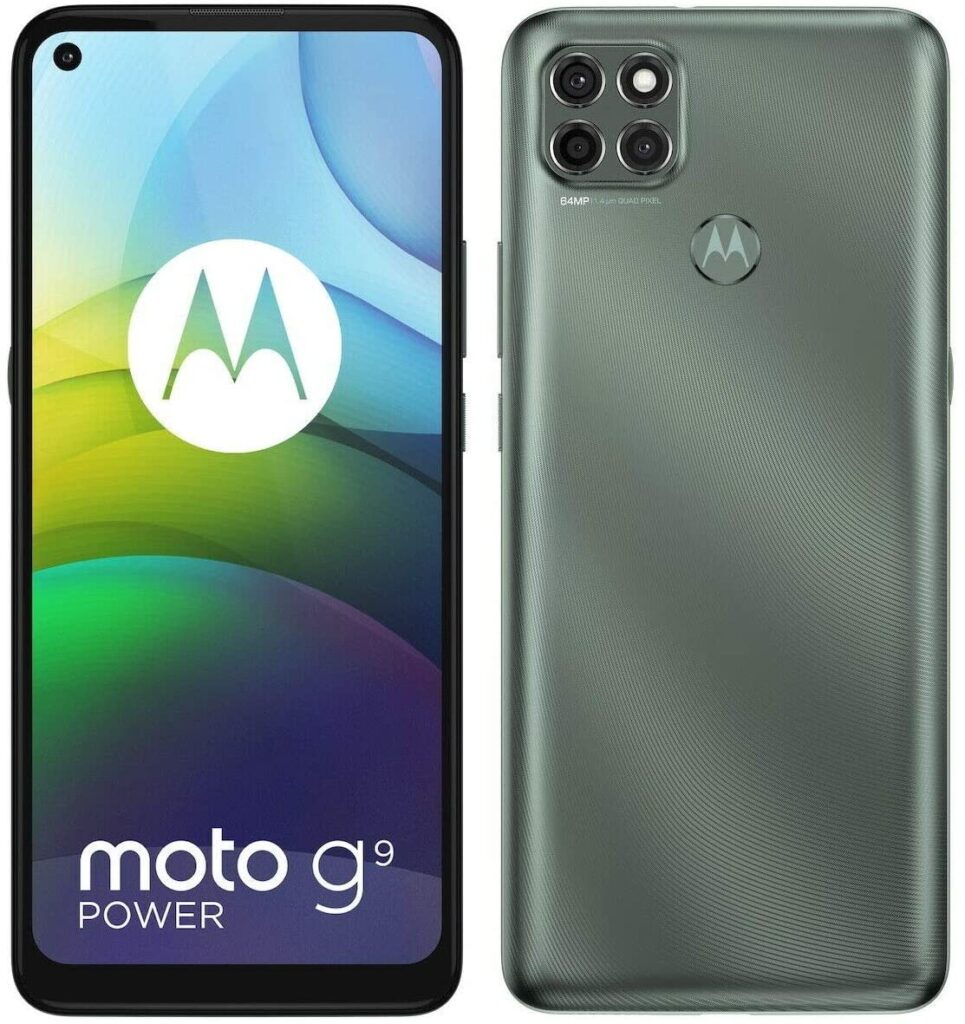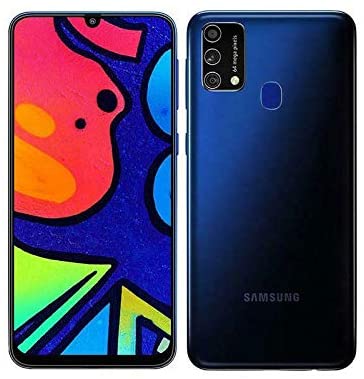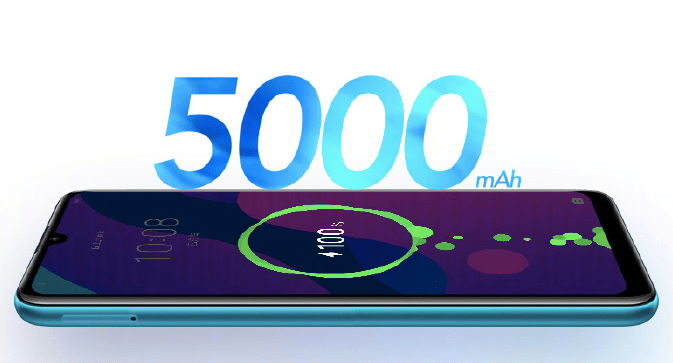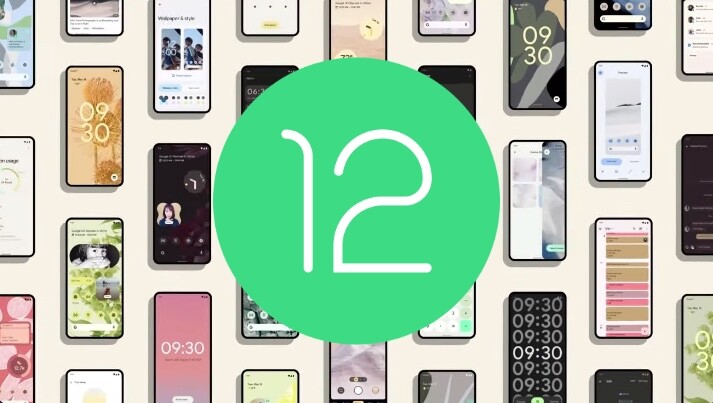The Moto G9 Power was one of Motorola’s most talked about releases of 2020 due to its powerful battery and cost-effectiveness. Similarly, the Galaxy M21S, announced by Samsung in the same year, brings the offer of a mid-range phone, but with some outstanding specifications, such as a triple camera and satisfactory performance. In the following lines, compare the details and prices of both smartphones.
Moto G9 Power vs Galaxy M21S
| Specifications | Moto G9 Power | Galaxa M21S |
|---|---|---|
| Launch | December 2020 | november 2020 |
| Current price | $224.99 | $246.99 |
| Screen | 6.8 inches | 6.4 inches |
| screen resolution | HD+ (1640 x 720 pixels) | Full HD+ (1080 x 2340 pixels) |
| Processor | Snapdragon 662 (octa-core up to 2 GHz) | Exynos 9611 (octa-core up to 2.3GHz) |
| RAM | 4GB | 4GB |
| Storage | 128GB | 64GB |
| Memory card | MicroSD up to 512GB | MicroSD up to 1TB |
| Main camera | Triple Camera – 64, 2 and 2 MP | Triple Camera – 64, 8 and 5 MP |
| Front camera | 16 MP | 32 MP |
| Battery | 6,000 mAh | 6,000 mAh |
| Operating system | Android 11 | Android 11 |
| Dimensions and weight | 174.2 x 76.8 x 9.7 mm; 221 g | 159.2 x 75.1 x 8.9 mm, 191g |
| Colors | Green and Purple | Blue and Black |
Screen and design

The differences between the phones already start when it comes to the screen. A bit larger, the Moto G9 Power offers a 6.8-inch display, while the Galaxy M21S stays at 6.4 inches.
The resolution is also not the same, with an advantage for the Samsung model this time. The South Korean features Full HD+ (1080 x 2340 pixels) images, displayed on a Super AMOLED panel. On the other side, the American’s IPS LCD screen includes HD+ resolution (1640 x 720 pixels).
As for the design, the rivals repeat the thin edges, rounded sides, and front camera located in a hole in the display. At the rear, the Galaxy disposes of the photo array in a rectangle, in the Moto G the option was for a square.
Camera

The smartphones have several similarities in their photo sets, but the Galaxy M21S ends up taking advantage among the most demanding consumers. This is because the phone includes a triple camera, with a 64 MP main camera, an 8 MP ultra-wide camera, and a 5 MP depth sensor.
The Moto G9 Power also came to market with a triple camera, but with lower resolutions. They are a 64 MP main camera, 2 MP depth sensor, and 2 MP macro. It is also worth noting that the set does not include ultra-wide, a common and much-appreciated requirement among the most current intermediate devices.
The main difference is in the selfies. Samsung’s front-facing camera has 32 MP, which dwarfs Motorola’s 16 MP.
A feature that can overcome this gap is the Quad Pixel, present in Motorola’s smartphone, responsible for more sensitivity to light, ensuring clearer and sharper pictures. In addition, Night Vision arrives to improve the quality of photos in low-light locations.
Samsung’s cell phone also has plenty of photographic resources, such as the Super Stabilizer, which avoids shaking during recordings and allows for smoother images, and Single Take, capable of suggesting different angles, effects, and videos through Artificial Intelligence (AI).
Performance and Storage
The differences in performance and storage may also end up weighing on the consumers’ decisions. The Galaxy M21S comes out ahead on the first point, with the Exynos 9611 processor, an octa-core with up to 2.3 GHz of speed. The RAM available in the smartphone is 4 GB.
On the other side, the Moto G9 Power includes the Qualcomm Snapdragon 662, also an octa-core, but with a slightly lower speed of 2 GHz. The RAM is the same as the competitor’s.
Despite this, the North American wins out when it comes to internal memory. This is because its 128 GB of storage is twice as much as the 64 GB present in the South Korean device. Both allow expansion via microSD card, 512 GB in the first case and 1 TB in the second.
Battery

This can be considered one of the strong points of both phones, with features that match top-of-the-line devices. Both the Moto G Power and the Galaxy M21S come with a 6,000 mAh battery. By way of comparison, mid-range smartphones usually only offer 5,000 mAh.
Motorola’s promise is up to 60 hours away from the socket, plus the product includes a 20 W Turbo Power charger, which promises to provide hours of charging in just a few minutes. On the other side, Samsung guarantees 48 hours of phone calls, 26 hours of video playback, and 21 hours of online browsing. The South Korean also includes a 15 W charger in the box.
System version

Due to the launch period, both phones came to the market equipped with Android 10. The good news is that both can already be updated to the latest version of the system, Android 11 – which, in the case of Samsung, includes One UI 3.0 interface.
Competitors can also be expected to receive an update to Android 12, however, neither manufacturer has commented on the information as of yet, let alone provided a release schedule.
Additional Features

There is not much new among the additional features present in the technical sheets of the rival smartphones. In common, both bring fingerprint reader, Bluetooth 5.0, 5 GHz Wi-Fi, dual SIM, and P2 input for headphones.
Those who are looking for NFC, which allows payments by proximity, and 5G internet will not find it in these phones – as both offers only 4G/LTE.
Some Moto G9 Power features worth highlighting are a specific button for Google Assistant, facial recognition, and the Hello You app, which combines content, such as news and games, to tips about the smartphone.
Pricing and Availability
The passage of time has done well to the prices of the Moto G9 Power and Galaxy M21S, launched about six months ago.
The Galaxy M21s is available on Amazon for $246.99. The Moto G9 Power is also available on Amazon for prices starting at $224.99.
- Buy Galaxy M21s
- Buy Moto G9 Power
This post may contain affiliate links, which means that I may receive a commission if you make a purchase using these links. As an Amazon Associate, I earn from qualifying purchases.

